The content of the article
Airy and soft semolina porridge cooked with milk is a traditional dish known from childhood to more than one generation of children. A few decades ago, no one doubted its usefulness. Now the situation has changed; for many years, heated debate has not subsided about the harm and benefits of semolina. In the period of carrying a baby, each expectant mother strictly monitors her diet, tries to eat so that the baby gets the maximum of useful substances. Should I use porridge from semolina during pregnancy?
Characteristics of wheat cereals
Semolina is produced from wheat grains. This grass is one of the most popular and indispensable cereal crops in almost all nations. This is one of the oldest plants that people began to eat.Over the long millennia of breeding this culture, several varieties have been developed. The main difference between them is the hardness of the grains. All types of wheat are divided into soft and hard varieties. Depending on the type of processing, several grades of cereals are obtained:
- wheat;
- manna;
- couscous;
- bulgur
In our country, cereals made from wheat cereal and semolina are the most popular.
The properties of semolina are determined by its chemical composition (content, 100 g of product):
- Protein - 10.3 g
- Fat - 1 g
- Carbohydrates - 10.6 g
- Cellulose - 3.6 g
- Tocopherol - 1.5 mg
- Thiamine - 0.39 mg
- Pyridoxine - 0.1 mg
- Folic acid - 0.072 mg
- Vitamin B3 - 0.08 mg
- Magnesium - 47 mg
- Iron - 1.23 mg
- Zinc - 0.105 mg
- Copper - 0.19 mg
- Sodium - 1 mg
- Potassium - 185 mg
- Calcium - 20 mg
- Phosphorus - 136 mg
- Riboflavin - 0.27 mg
- Manganese - 0.62 mg
- Water - 14 g
The caloric value per 100 grams of product is 333 kilocalories (cooked in water).
Semolina is different from wheat higher cleaning and fine grinding. The sizes of grains range from 0, 25 to 0, 75 mm. Groats are made from durum and soft wheat. Cereal obtained from durum is more useful. The letter T should be present on the package. Manka is distinguished by a yellowish tinge, the grains are slightly transparent. Porridge turns crumbly.The croup of soft varieties is marked with the symbol M. This croup has a white color, is opaque, and boils soft during cooking. A bag containing a mixture of cereals is marked with the letters TM (the content of semolina from soft cereal reaches 80%). Groats of non-uniform color. It is not easy to find hard-grain cereals on the counter; more decoys are made from soft wheat varieties.
Semolina for future mothers
For the body to get a sufficient portion of energy, nutritionists recommend eating a bowl of cereal for breakfast. Semolina is among the most popular. The dish is cooked quickly, it turns out delicious, tender. With the help of various additives, you can diversify the taste of porridge, make it sweet or salty, cook in milk or water, add nuts, dried fruits, berries and citrus fruits. Since in recent decades, many nutritionists have been stating about the dangers and futility of semolina, pregnant women often treat it with wariness.
Useful properties of semolina
Semolina porridge has the same properties as wheat:
- Contains vitamins, microelements.
- Due to the presence of potassium semolina will improve the functioning of the heart and blood vessels.
- Vitamin E helps to maintain a healthy state of the skin, hair, nails, improves the activity of the nervous system. It helps to reduce the risk of spontaneous abortion, is actively involved in the formation of the placenta, which protects the fetus from the negative effects of external factors.
- Semolina porridge is digested and absorbed in the lower intestine. When passing through the gastrointestinal tract semolina absorbs unwanted fat, mucus, harmful substances. In case of indigestion, semolina reduces pain, relieves spasm, and facilitates the absorption of food.
- When eating porridge from semolina, there is no irritation of the gastric mucosa, there is no feeling of heaviness. Therefore, it is recommended to include in the diet of women suffering from gastritis.
Harm of semolina during pregnancy
This dish for pregnant women can bring both benefit and harm at the same time:
- Semolina, especially boiled in milk with the addition of butter, is a high-calorie product. It can provoke the occurrence of excess weight, complicate the course of pregnancy and childbirth. Excess weight during pregnancy is the cause of edema, varicose veins of the lower extremities, the occurrence of pain in the back and lower back.
- In women suffering from gluten intolerance, allergic reactions are possible. In this case, you must completely exclude the product from your menu.
- The semolina contains phytin, which prevents the proper absorption of calcium and vitamin D. The lack of these substances harms both the unborn child and his mother. They have increased bone fragility, hair and nails are affected.
- Due to the frequent use of semolina porridge the body begins to absorb iron worse. This may cause a decrease in the level of hemoglobin in the blood, the appearance of anemia.
Eating semolina
Semolina during pregnancy will bring both baby and mother only benefit if you alternate its use with cereals from other cereals, such as oatmeal and buckwheat. Nutritionists recommend cooking semolina no more than 2 times a week. To reduce its caloric content, replace the milk with water, and sugar - with fresh berries and fruits. Thus, you will increase the content of vitamins and fiber, and reduce the calorie content of the dish. If semolina boiled on water seems to you quite tasteless, replace half of the water with milk, add a piece of natural butter.
To semolina bring only benefit to a pregnant woman, limit its use, cook no more than twice a week. Increase its nutritional value by adding dried fruits, honey, fresh berries. Alternate it with cereals of more valuable cereals, such as buckwheat, oatmeal, millet.
Video: how to cook semolina

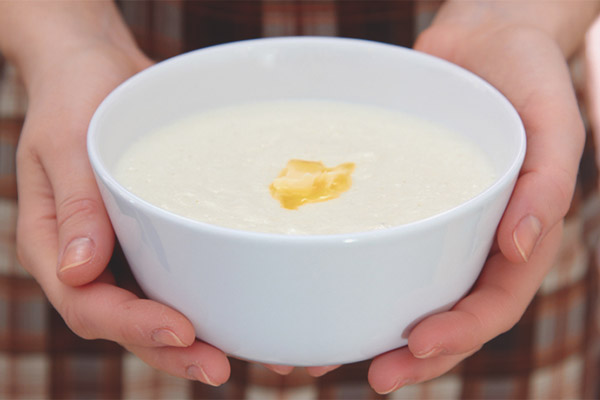
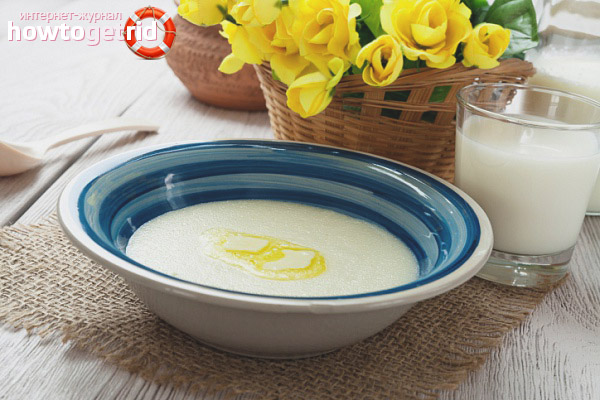

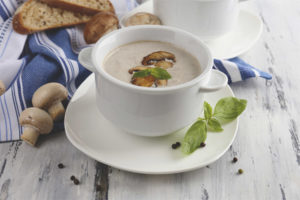
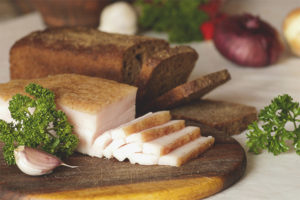
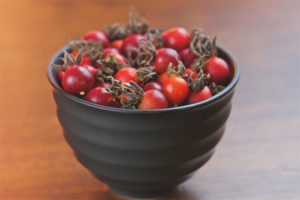

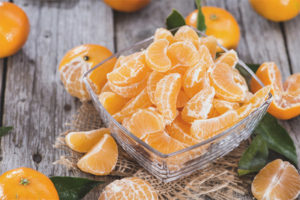
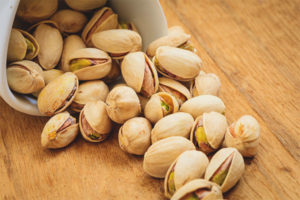


To send